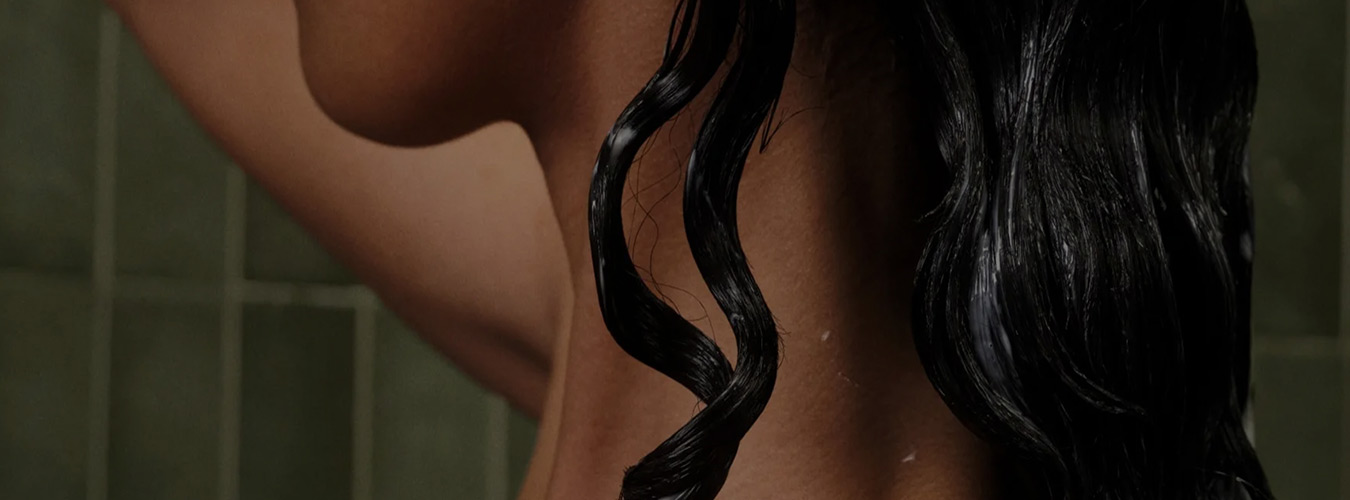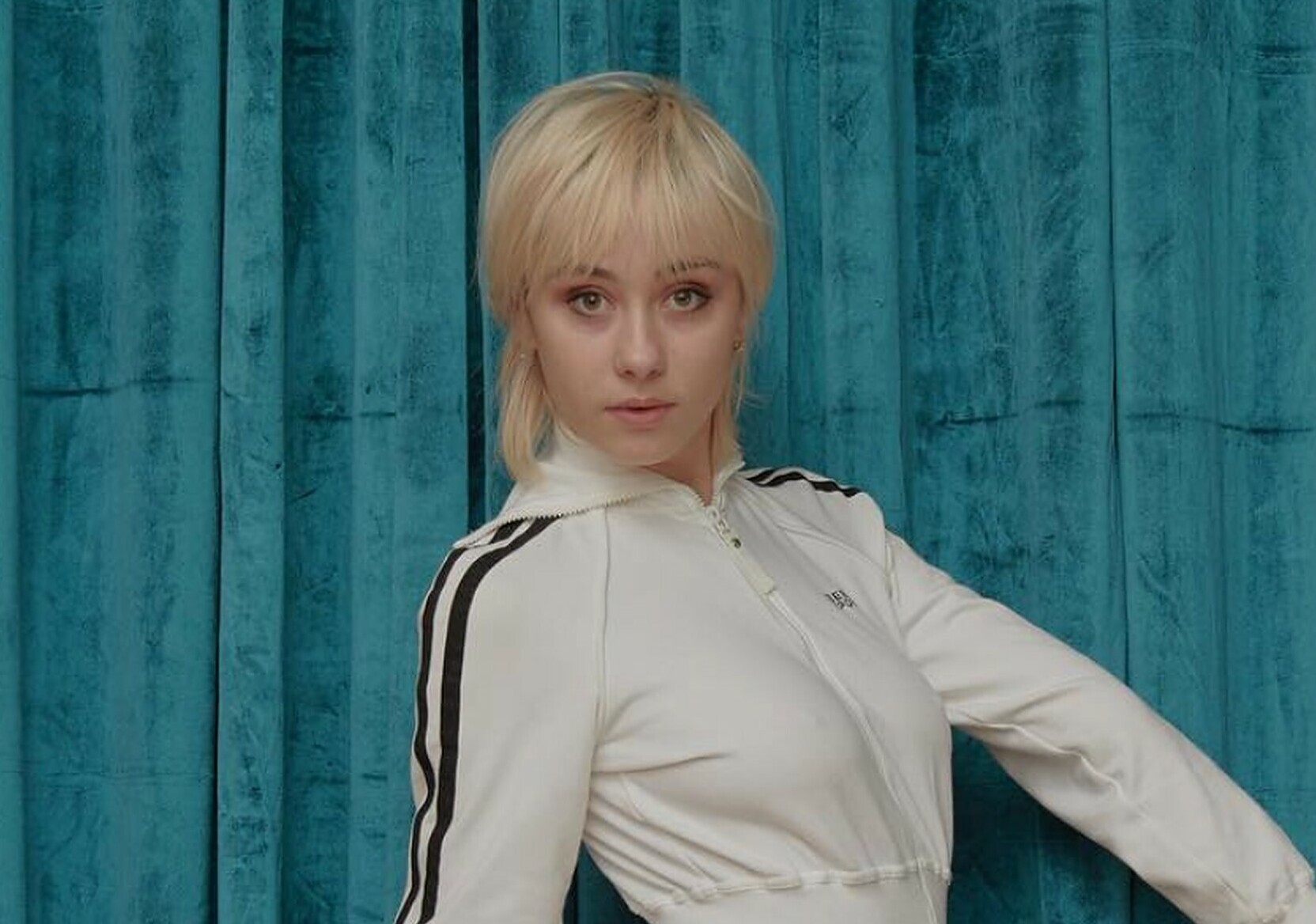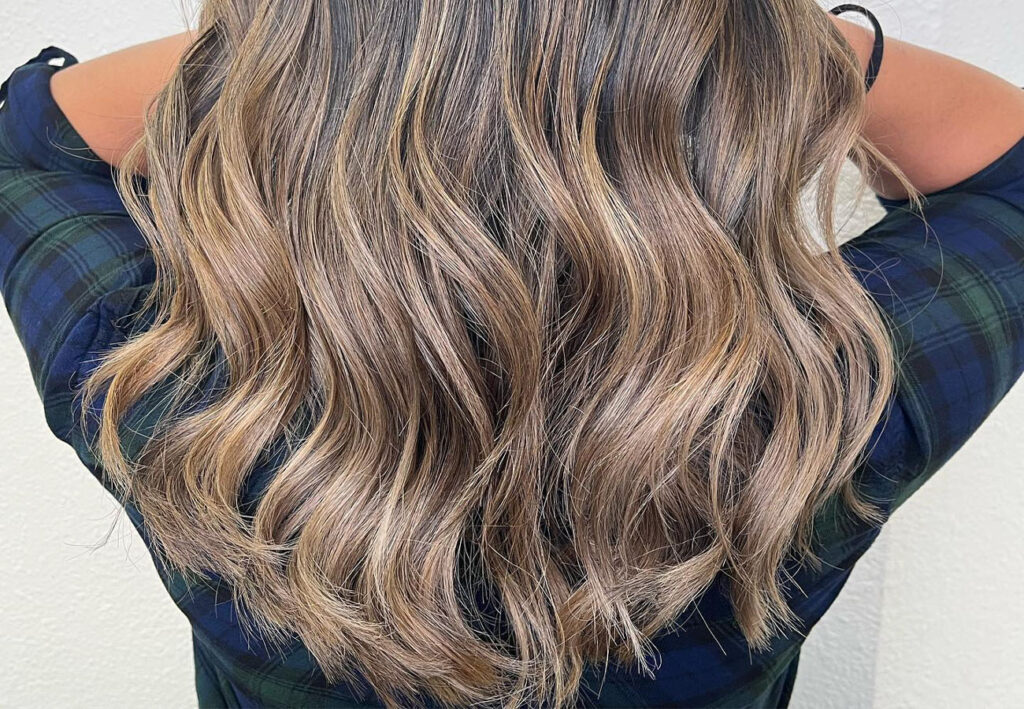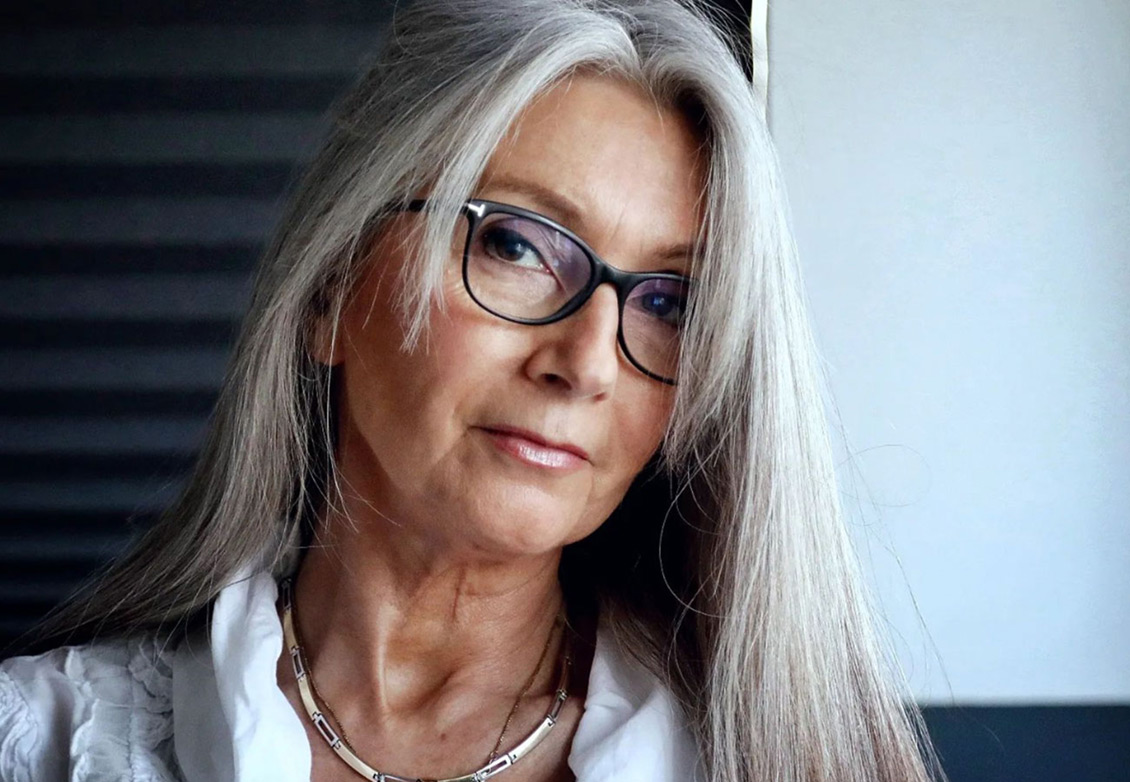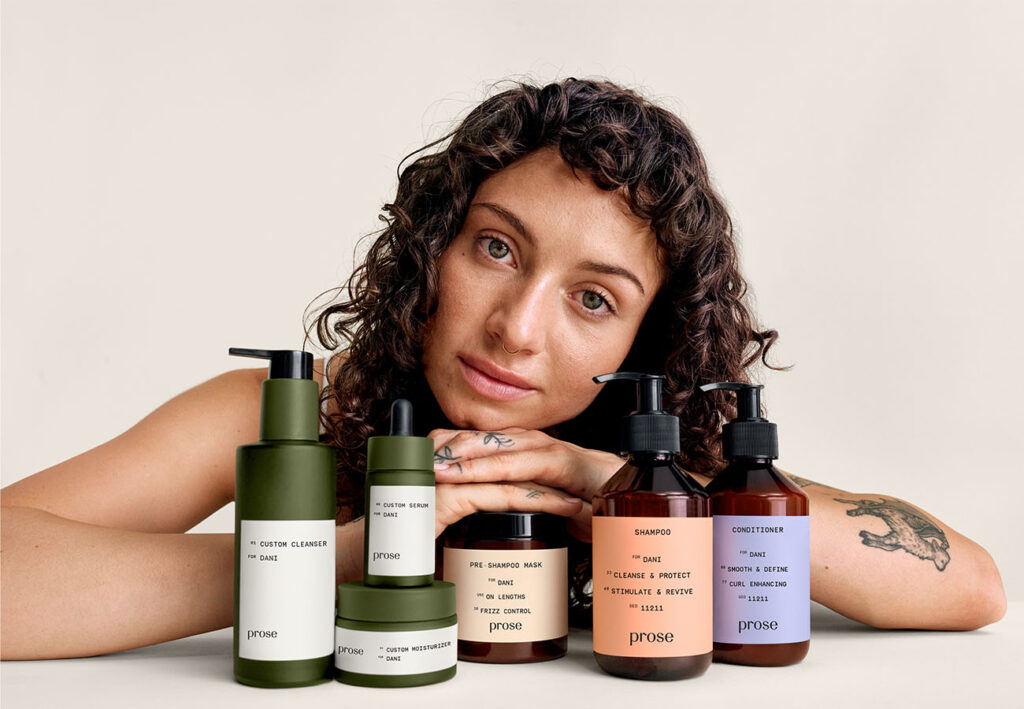Ben was actually just bald on top, though his “class rebellion” sentiments were on brand. Bono? Well, Bono doesn’t know why he rocked a frosted mullet. He said, “I have an erase button on the mullet hairdo. Many lay claim to the mullet. I’m trying to think of the guy who invented it.”
I’m sure a lot of what the unlikely pair represent are two of the most classic associations with the great hairstyle, depending on who you ask: rebellion or mistake. Whichever way you shake it, the mullet is more than just a haircut. More than just cheap beer and Def Leppard. It’s weird and winding history is also cultural history.
According to the Oxford English Dictionary, the term mullet was coined by the Beastie Boys in their 1994 song “Mullet Head.” The style transcends terms, though. It’s been called “Kentucky Waterfall,” “The Mississippi Mudflap,” “Hockey Hair.” And I’m sure you’ve heard the phrase “business in the front, party in the back.” So, who did popularize the style?
The consensus is none other than pop-legend David Bowie, whose iconic orange mullet not only shook up the hair world, but set the stage for punk rockers to challenge gender norms. With his Ziggy Stardust persona, Bowie heralded in a new era. It was one dominated by white men with some exceptions. Yes, it’s true–even in the 80’s the mullet had not realized it’s full cultural potential.
Despite that, I’m not mad at the men who rocked it. Billy Ray Cyrus gets the top of the list because he’s been loyal his entire life. John Stamos, tennis star Andre Agassi, Mario Lopez, Rob Lowe, the entire cast of Lost Boys, and of course, Patrick Swayze.
From Jane Fonda’s 70’s mullet to Scarlett Johansen in 2003, women have been rocking mullets far outside of the trendy times of the 80’s. For early punk rock girls like Joan Jett and Cher, the mullet was a way of rejecting outdated ideas of femininity. I could write an entire book celebrating the female mullet and it’s a part of queer history as well. In the documentary American Mullet, by Jennifer Arnold, one subject says, ” I absolutely think [the mullet is] a lesbian haircut because it’s always my hair that gives me away. It’s the dyke cut, the lesbian cut, it’s butch.” Black icons have also made the style their own. Miles Davis, Barry White, Eddie Murphy, Lionel Richie and even Kanye West.
As time went on and the 90’s began, celebrities stopped rocking mullets and the style became associated with uneducated, low income white men. Ridiculed by the public eye as trashy and vulgar, the mullet was forced to go underground—a long fall from such high heads. Through the early 2000’s the mullet made random appearances. And then, a light in the distance. Rihanna rocks a mullet at NYFW in 2013! BUT WAIT–headlines hate it. For the next five years mullets make more sporadic appearances. Zendaya wears a mullet at the 2016 Grammys, Vigil Abloh styles his runway with them in 2017, and then…2018 hits.
There’s some movement in the scene. Cowboy boots are everywhere and what’s this? People are getting mullets again! September 2018, Vogue marks the mullet as “street style’s unlikely new star,” solidifying its re-entry into popular culture. This time the resurgence of the mullet is not triggered by an onslaught of celebrity and media validation, but a bunch of New York art and fashion kids who realized, “Hey this is actually kinda cool.”
Suddenly, the pages of magazines are filled with mullets. Hair salons soon catch up as well. Salons like Shizen and Vacancy Project specialize in mullets and the many iterations that have developed like the step mullet, and the shag mullet.
Like any other trend, the snobby kids who started it now look down on the late bloomers, except this time it’s not because they think they look poor, but that they’re unoriginal. “The Bushwick mullet” is a term used to describe the kind of Brooklyn art school student who cut a mullet because it was, literally, in vogue. Thankfully, that hasn’t stopped anyone and it definitely didn’t stop me.
It was a typical Tuesday night and I was halfway through a bottle of red. Cutting bangs had lost its edge and as I peered into the mirror looking more “basic” than I felt inside, I turned to my friend and told her, “give me a mullet.”
When she was done, I felt like I looked how I was meant to. Apparently the way I was meant to look was pretty shabby. A professional hair stylist from Shizen approached me at a fashion party, and practically begged me to let him fix it! Under his vision, I went from brown mullet, to pink mullet, to blonde mullet. After a year, it turned out I wasn’t meant to look like that forever. Maybe I was just another Bushwick trend hopper?
In 2020, while the rage has tapered out a bit and my hair is long again, the mullet remains. That’s because the mullet doesn’t care about celebrities, class associations, or trendy hipsters. Now, the mullet is limitless. All the glorious fashion from decades’ past has blended to create a new decade of rad. Free from shoulder pads and bike shorts, stylish kids are pairing mullets with everything from rhinestones and low rise jeans to cottage core billowy blouses. If there’s any word to describe the glorious journey of the mullet in all its various decades, it’s definitely “free.” I know that’s how it made me feel.
Featured image photography courtesy of: Todd Midler
Always made to order. Never made to waste.
Exclusive Trial Offer Get 60% Off + Free Gift
